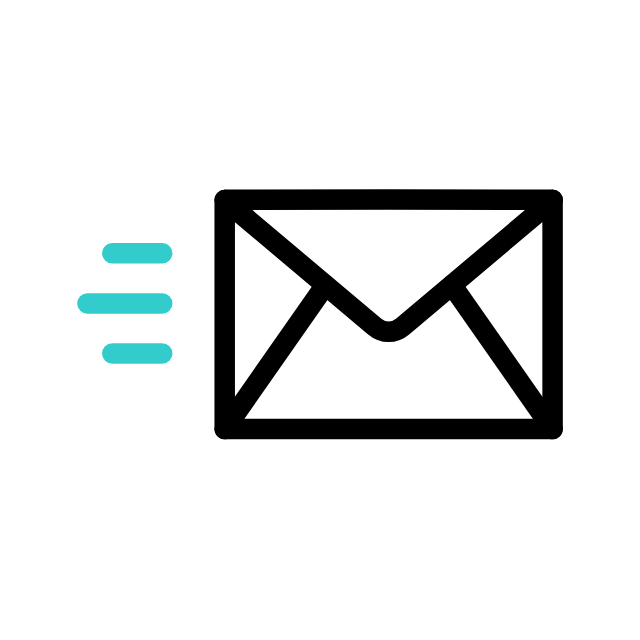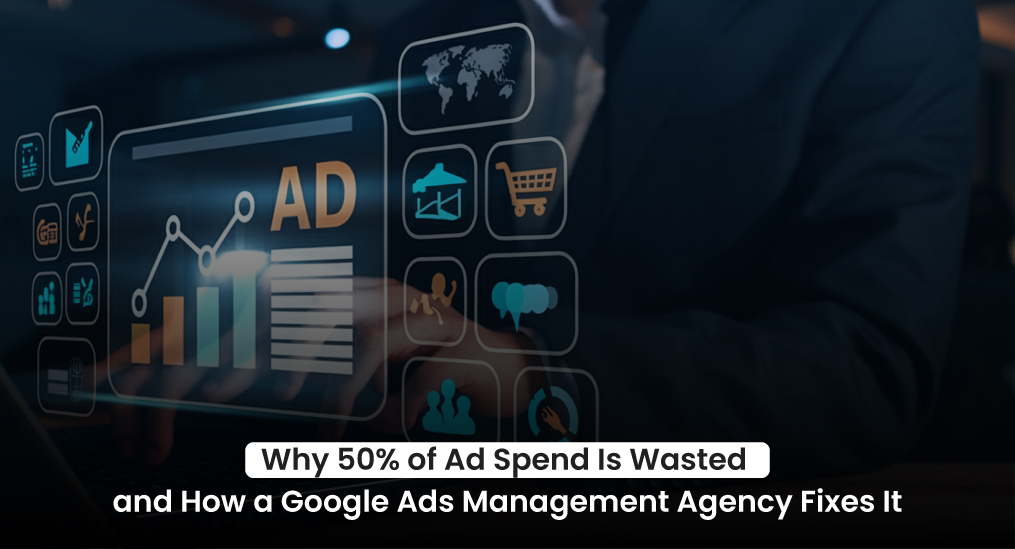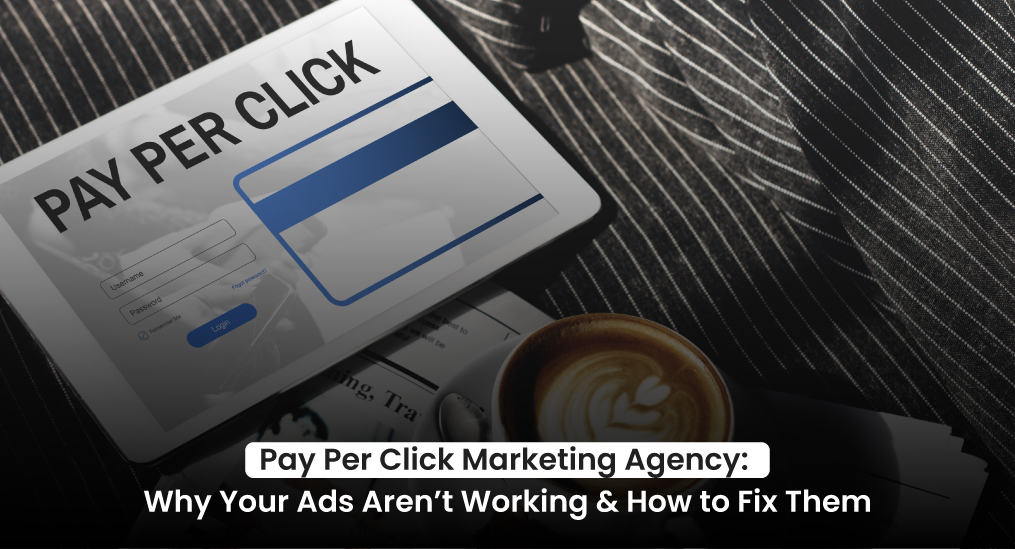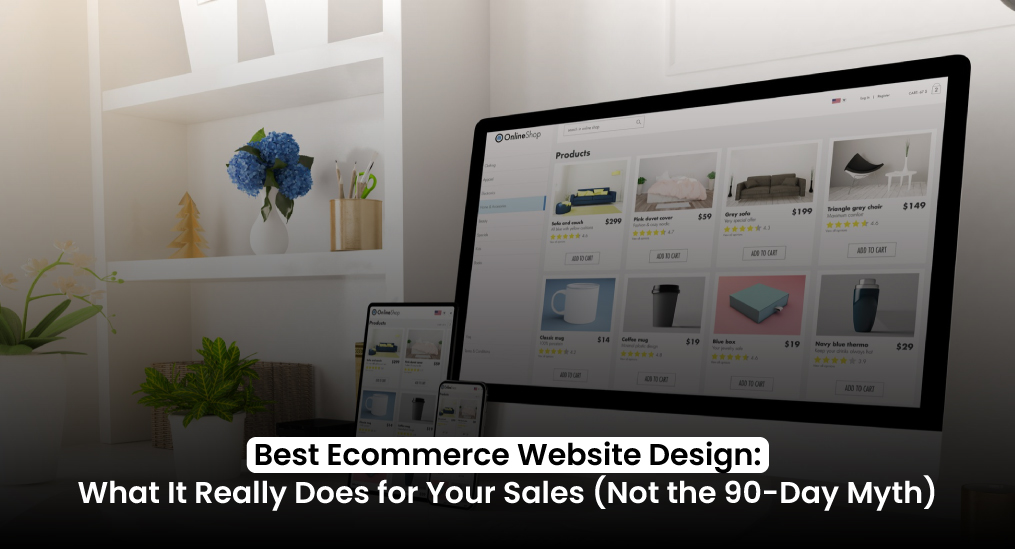High ticket digital marketing sells premium products or services online. These are exclusive products often priced in the thousands. Unlike low-ticket items such as e-books or starter courses, these offers demand a different approach because every sale matters.
What makes this premium digital marketing difficult to execute is the amount of trust and relationship-building it takes. This is because buyers aren’t looking for bargains. This means the only thing left in the arsenal of the high-ticket digital marketer is to create exclusivity around the offer, giving buyers not just measurable results, but results that feel rare, elevated, and reserved for a select few, the kind that reinforce their status and set them apart.
In this guide, we’ll explain what high ticket digital marketing means, how it compares to low-ticket strategies, and the steps you can take to attract and convert premium buyers.
What is High Ticket Digital Marketing?

High ticket digital marketing means selling premium products or services online, often priced in the thousands. Just one sale in a month might take a business to break even, and a few more could turn it into a bumper profit. But the opposite is also true. Sellers may go months without a single sale if they rely on luck or word of mouth.
That’s why deliberate and consistent marketing is essential in the high-ticket space. Deliberate means building a focused strategy aimed at a very small, specific group of buyers. Instead of chasing clicks like you would with a $50 course, you position your offer as exclusive, tailor your message to high-net-worth or high-authority buyers, and move them through a funnel that can take weeks or even months.
Consistent means long-term nurturing. You don’t just post quick tips or generic “how-to” content. Instead, you show up with case studies, personalized outreach, and one-on-one follow-ups that keep prospects engaged until they are ready to make a big decision.
Here’s the difference in practice: a low-ticket fitness coach might post daily workout tips to sell a $49 course. A high-ticket coach, on the other hand, might publish a client transformation story, personally follow up with interested leads, and invite them to a strategy call. The first approach depends on volume. The second depends on depth.
4 Strategies for Creating a High Ticket Digital Marketing Campaign

High ticket digital marketing campaigns require you to consider ideas that would appeal to premium buyers. Here are 4 common approaches to digital marketing, described in simple terms, that can assist you in creating an exceptional campaign.
1. Develop a Compelling Value Proposition
A value proposition is the clear reason someone should choose your offer over anything else in the market. In high ticket digital marketing, this becomes even more important because buyers are about to make a serious financial commitment. They need to know, without doubt, why your product or service is worth the price.
For high-ticket offers, a strong value proposition goes beyond listing features. It shows the transformation buyers will experience and the unique benefits they cannot get elsewhere. This focus on outcomes is what separates average campaigns from true digital marketing success, where the offer feels essential rather than optional.Low-ticket items can sometimes sell on impulse or convenience, but high-ticket buyers take their time, compare options, and look for proof that their investment will pay off.
To define your offer clearly, start by answering three questions:
- What specific problem does this product or service solve?
- Why is your solution better or different from other options?
- What outcome or transformation will the buyer achieve after using it?
For example, if you’re selling an executive coaching program, your value proposition is not just “weekly coaching calls.” It’s the career growth, leadership confidence, and measurable business results that clients will walk away with. If you’re offering enterprise software, your value proposition might be reducing operational costs by 30% or saving hundreds of work hours per month.
Forbes’ data shows that a strong value proposition can raise conversion rates between 50% and 80% as it focuses on what the customer wants.
2. Use Targeted Advertising to Reach the Right Buyers
Targeted advertising means showing your message only to the people most likely to buy. For low-ticket products, this often means casting a wide net and relying on volume. For high-ticket offers, the approach is very different. Instead of trying to reach everyone, you reach the small group of people who can afford your offer and are actively looking for a serious solution.
High-ticket campaigns work best when you define your ideal buyer in detail and build ads around that profile. This usually includes:
- Income level or company size: Buyers with the financial capacity to make a large purchase.
- Decision-making power: Professionals in leadership roles, business owners, or individuals with authority to approve big purchases.
- Behavioral signals: People who attend industry events, engage with premium brands, or show interest in competitors’ high-end offers.
The platforms also change. LinkedIn ads are often more effective for B2B high-ticket offers because you can target by job title, seniority, and company size. But targeting alone isn’t enough, because premium buyers almost always do their homework before responding. They’ll often Google your brand or look for outside validation to confirm you’re credible. That’s where recognition on respected industry sites matters.
Being featured or reviewed on the top 10 digital marketing websites gives your brand authority at exactly the moment buyers are deciding whether to click, inquire, or move on. For B2C luxury products, Facebook and Instagram can work if you layer interests and income-based targeting. Google Ads play a role too, especially for keywords that signal strong purchase intent (e.g., “enterprise CRM software” or “private business coaching”).
The key difference from low-ticket marketing is how you structure your funnel. You don’t expect an immediate sale from a single ad click. Instead, ads bring qualified leads into a process where they get nurtured, often through webinars, case studies, or consultation calls, before they’re ready to commit.
3. Create High-Quality Content
Exclusivity may spark the interest, but proof seals the deal. High-ticket buyers rarely make decisions on impulse. They spend time researching, comparing options, and looking for validation that the offer not only feels rare and elevated but also delivers the authority and results they expect.
The content that works best at this level is not casual blog posts, but assets that show expertise and tangible results. For high-ticket buyers, this often means going beyond simple tips and leaning into frameworks that demonstrate depth. Think of it as mastering business marketing digital strategies, that is, creating material that informs on the first layer, but for the second layer, positions your brand as an authority, buyers can trust. Examples include:
- Case studies that show previous client outcomes.
- Whitepapers and reports that dive into industry insights.
- Video testimonials from past clients who explain how the product or service solved their problem.
- Webinar recordings or deep-dive guides that educate while demonstrating expertise.
This kind of content answers specific questions high-ticket buyers have: Will this work for me? Has it worked for people like me? Is the return worth the price?
The content that works best at this level is not casual blog posts, but assets that show expertise and tangible results. This is where experienced digital marketing services matter, because they can help package those assets in a way that buyers trust. Case studies, whitepapers, or testimonial videos backed by a professional approach carry far more weight than ad-hoc content.
For example, if you’re selling enterprise software, a blog alone won’t convince a CIO to sign a $50,000 contract. But a case study showing how a similar company cut costs by 30% with your software might spark their interest enough to schedule a demo or request more details. The same principle applies in coaching: a video testimonial from a past client who doubled their income won’t close the sale by itself, but it creates trust and makes prospects far more likely to start a serious conversation with you.
This is how you get the right buyers into your funnel and begin nurturing them. From there, you can guide them through a sequence of touchpoints, sending them case studies, inviting them to webinars, or offering a strategy call. Each piece of content builds on the last, moving them closer to a decision without ever feeling rushed or pressured. That’s the role of content in high ticket digital marketing: not to close the deal instantly, but to open the door and keep the conversation alive until the buyer is ready to commit.
4. Utilize Webinars and Live Events
Webinars and live events are powerful in high-ticket marketing because they give buyers a chance to see you in action before they commit. When someone is considering spending thousands, they want proof that you know your subject and that you can deliver on your promise. A live setting helps you demonstrate both.
These events work by following a simple framework:
- Educate – Share insights or strategies that prove your expertise.
- Engage – Answer questions directly, which builds credibility and shows you understand buyer concerns.
- Show Proof – Highlight case studies or success stories during the session.
- Invite – End with a clear next step, such as booking a consultation call or applying for your program.
This is where webinars and events differ from low-ticket funnels. A $50 course can be sold with a simple landing page. But in highly competitive markets, like those served by digital marketing services in Florida, live events can be the deciding factor. They give premium buyers a chance to see you in action, build trust face-to-face, and justify a major purchase. A $10,000 coaching program or enterprise software package usually requires personal connection and real-time interaction. A live event lets buyers ‘test drive’ your authority before making that leap.
High ticket digital marketing isn’t about chasing volume. It’s about reaching fewer buyers, building deeper trust, and creating value that justifies a premium price. The reward is clear: fewer sales can generate significant revenue, but the challenge is making every interaction count.
Businesses that succeed in this space are the ones that treat marketing as a relationship, not a transaction. They educate, prove their expertise, and personalize the experience until the buyer feels confident enough to make a big commitment. And if you’ve ever found yourself searching how to do high ticket digital marketing, it’s usually because you’re facing exactly these challenges, knowing how to position your offer, build authority, and attract the right buyers. At Koretechx, we’ve outlined Our Capabilities in detail, so you can see for yourself how we approach high ticket digital marketing and whether our way of working feels like the right fit.






